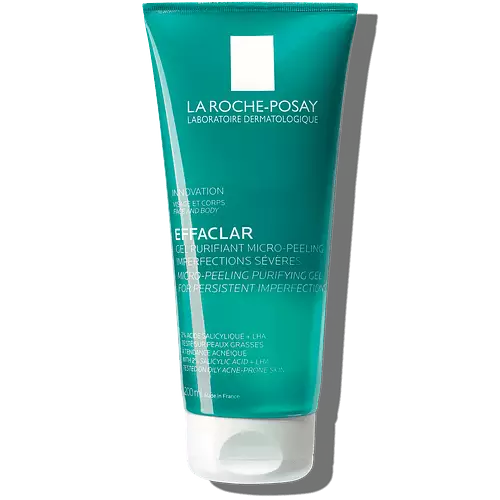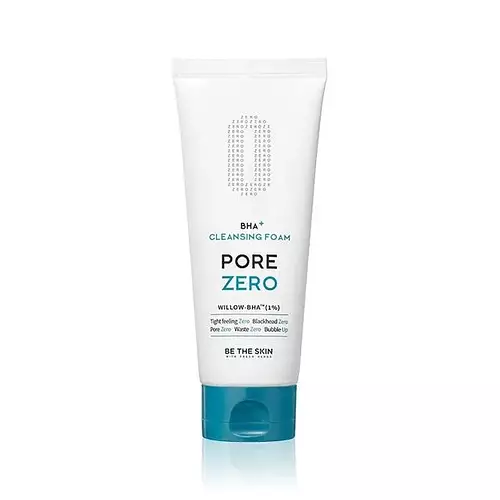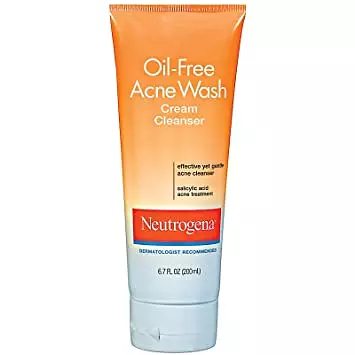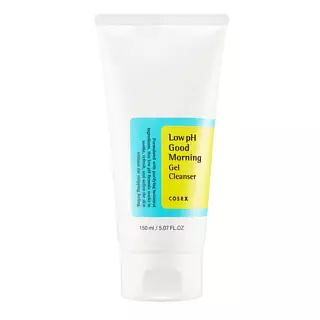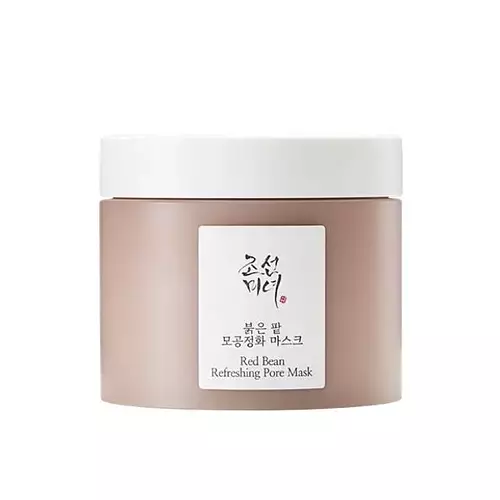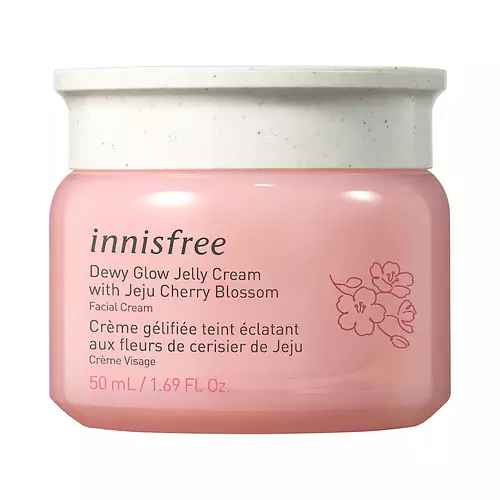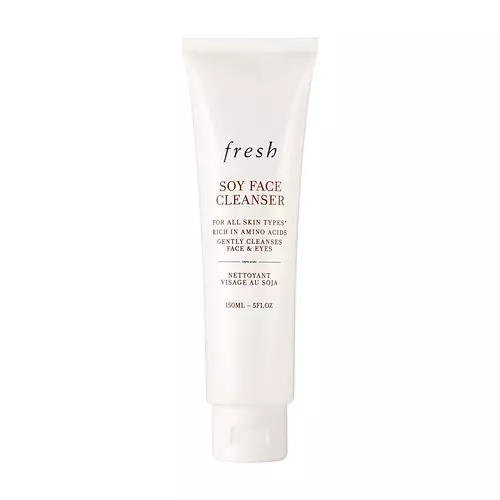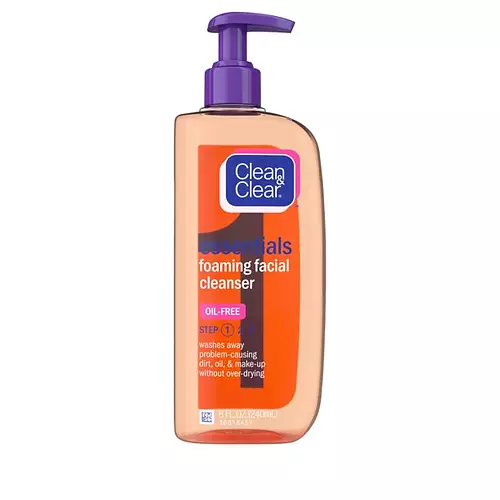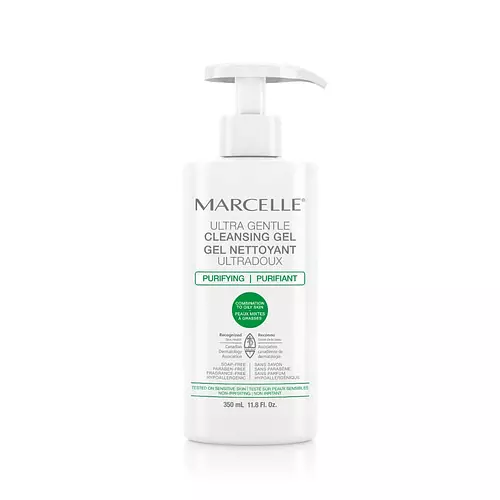Clinique Liquid Facial Soap Versus La Roche-Posay Micro-Peeling Purifying Gel Cleanser
Overview
What they are
These products are both reef safe face cleansers. They have a total of 4 ingredients in common
Suited For
They're both likely to be good for brightening skin
Free From
They both do not contain any harsh alcohols, fragrances, oils or parabens
What's Inside
They both contain sulfates
We independently verify ingredients, and our claims are backed by peer-reviewed research. Spot a product that needs an update? Let us know.
Ingredient Info
Clinique Liquid Facial Soap 23 ingredients
La Roche-Posay Micro-Peeling Purifying Gel Cleanser 18 ingredients
At a glance
Click on any of the items below to learn more
Clinique Liquid Facial Soap 23 ingredients
La Roche-Posay Micro-Peeling Purifying Gel Cleanser 18 ingredients
Notable Ingredients
This product contains 1 ingredient that may have this attribute:
This product contains 1 ingredient that may have this attribute:
Benefits
This product contains 1 ingredient that may have this attribute:
This product contains 1 ingredient that may have this attribute:
This product contains 1 ingredient that may have this attribute:
Concerns
This product contains 2 ingredients that may have this attribute:
This product contains 1 ingredient that may have this attribute:
This product contains 1 ingredient that may have this attribute:
Notable Ingredients
This product contains 1 ingredient that may have this attribute:
Benefits
This product contains 1 ingredient that may have this attribute:
This product contains 1 ingredient that may have this attribute:
This product contains 1 ingredient that may have this attribute:
This product contains 1 ingredient that may have this attribute:
This product contains 1 ingredient that may have this attribute:
This product contains 2 ingredients that may have this attribute:
Concerns
This product contains 3 ingredients that may have this attribute:
This product contains 1 ingredient that may have this attribute:
This product contains 2 ingredients that may have this attribute:
This product contains 3 ingredients that may have this attribute:
This product contains 1 ingredient that may have this attribute:
Ingredients Side-by-side
Ingredients Explained
These ingredients are found in both products.
Ingredients higher up in an ingredient list are typically present in a larger amount.
Water. It's the most common cosmetic ingredient of all. You'll usually see it at the top of ingredient lists, meaning that it makes up the largest part of the product.
So why is it so popular? Water most often acts as a solvent - this means that it helps dissolve other ingredients into the formulation.
You'll also recognize water as that liquid we all need to stay alive. If you see this, drink a glass of water. Stay hydrated!
Learn more about WaterSodium Laureth Sulfate (SLES) is a foaming, cleansing, and emulsifying ingredient. It is created from palm kernel oil or coconut oil. SLES is not the same as sodium lauryl sulfate. It is much milder and less likely to irritate.
SLES helps create foam in personal products. It also prevents ingredients from separating, helping to elongate the shelf life.
Sodium Laureth Sulfate is a type of sulfate. It can be drying. We recommend speaking with a professional about using this ingredient if you have concerns.
Learn more about Sodium Laureth SulfateChances are, you eat sodium chloride every day. Sodium Chloride is also known as table salt.
This ingredient has many purposes in skincare: thickener, emulsifier, and exfoliator.
You'll most likely find this ingredient in cleansers where it is used to create a gel-like texture. As an emulsifier, it also prevents ingredients from separating.
There is much debate on whether this ingredient is comedogenic. The short answer - comedogenic ratings don't tell the whole story. Learn more about comegodenic ratings here.
The concensus about this ingredient causing acne seems to be divided. Research is needed to understand if this ingredient does cause acne.
Scrubs may use salt as the primary exfoliating ingredient.
Learn more about Sodium ChlorideHexylene Glycol is a surfactant. Glycols are a class of alcohols. Hexylene Glycol is a surfactant and emulsifier.
As a surfactant, Hexylene Glycol helps gather dirt and oil on your skin to be washed away.
As an emulsifier, Hexylene Glycol helps keep water and oil together. This prevents them from separating in a product. Hexylene Glycol also thins out the texture of a product by lessening viscosity.
Hexylene Glycol has a small molecular weight.
Learn more about Hexylene GlycolIngredient Ratings
Here's what our community thinks of the ingredients in these products.
When to use
Clinique Liquid Facial Soap 23 ingredients
La Roche-Posay Micro-Peeling Purifying Gel Cleanser 18 ingredients


Reviews
Here's what our community thinks
La Roche-Posay Micro-Peeling Purifying Gel Cleanser 18 ingredients
GabriellaTsoukalas
It's very good
My dermatologist recommended me after I finished my acne treatment pills. It was indeed great. After about two years, it somehow...
It's very good
My dermatologist recommended me after I finished my acne treatment pills. It was indeed great. After about two years, it somehow felt itchy after using it, so I stopped using it. Would recommend for anyone on an acne treatment journey.
emmat
ayo
love this, i use it every night, face feels clean after using it. If your someone that has really sensitive skin it could possibly irritate...
ayo
love this, i use it every night, face feels clean after using it. If your someone that has really sensitive skin it could possibly irritate you, test on your neck before trying it out

